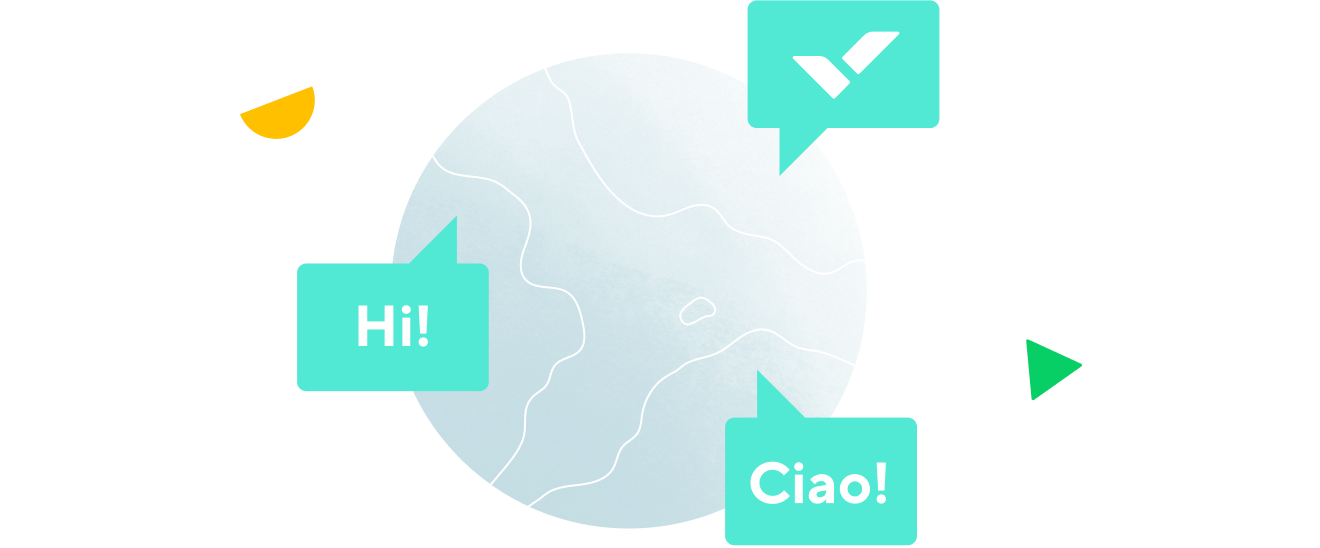What Is Disciplined Agile Delivery (DAD)?
- 1. What Is the Agile Manifesto?
- 2. The Benefits and Advantages of Agile
- 3. What Is Agile Operations?
- 4. The Agile Software Development Life Cycle
- 5. Building an Agile Team Structure
- 6. A Guide to the Scaled Agile Framework (SAFe)
- 7. Agile and Lean Portfolio Management
- 8. Understanding Squads, Tribes, and Guilds
- 9. What Is Agile Transformation?
- 10. Themes, Epics, Stories, and Tasks in Agile
- 11. A Complete Guide to Agile Epics
- 12. How to Create User Stories
- 13. Agile Estimation: Understanding Story Points
- 14. Using Gantt Charts in Agile
- 15. Glossary
- 16. FAQs
- 1. What Is the Agile Manifesto?
- 2. The Benefits and Advantages of Agile
- 3. What Is Agile Operations?
- 4. The Agile Software Development Life Cycle
- 5. Building an Agile Team Structure
- 6. A Guide to the Scaled Agile Framework (SAFe)
- 7. Agile and Lean Portfolio Management
- 8. Understanding Squads, Tribes, and Guilds
- 9. What Is Agile Transformation?
- 10. Themes, Epics, Stories, and Tasks in Agile
- 11. A Complete Guide to Agile Epics
- 12. How to Create User Stories
- 13. Agile Estimation: Understanding Story Points
- 14. Using Gantt Charts in Agile
- 15. Glossary
- 16. FAQs
What Is Disciplined Agile Delivery (DAD)?
Disciplined Agile Delivery (DAD) is a hybrid Agile framework used in IT project management. It takes a people-first approach and prioritizes learning in its overall aim to deliver successful IT solutions.
The framework demonstrates how to tailor mainstream Agile techniques to suit extensive, complex enterprise IT projects to optimize flow. It is goal-driven, scalable, sustainable, and enterprise-aware.
History of DAD Agile framework
The world's introduction to the Disciplined Agile Delivery framework was in 2012 through the book: Disciplined Agile Delivery: A Practitioner's Guide to Agile Software Delivery in the Enterprise by IBM software engineers Scott Ambler and Mark Lines.
In 2019, Project Management Institute (PMI) acquired DAD Agile framework to "address new ways of working in an increasingly agile world, and expand the capabilities of project managers and Agile practitioners." As of 2021, DAD ranks higher than the older Lean Management approach in Scaling Agile methods.
Why enterprises use Disciplined Agile Delivery
Disciplined Agile Delivery surmises that every enterprise has its way of working, and Agile methods should be adjusted through the organization's needs to get the best possible outcomes. Thus, DAD streamlines enterprise IT work and enables scaling with minimal risks or failure.
Note that DAD is not an Agile framework in the way that Scrum, Kanban, or Extreme Programming (XP) are. Instead, it is a toolkit that pulls from traditional Agile methods and resources to provide context-specific business agility possibilities for enterprise teams.
Why teams use Disciplined Agile Delivery framework
The framework provides process-oriented options and trade-offs, guiding teams to tailor Agile best practices to specific use cases. DAD teams are self-organizing, stimulating an environment of efficient cross-functional collaboration.
Disciplined Agile Delivery addresses matters like leadership, responsibilities, portfolio management, requirements, and change management. It also considers critical Agile software development aspects such as tools, architecture, design, testing, programming, documentation, and deployment.
Implementing DAD Agile processes improves collaboration but does not force mandatory procedures. DAD Agile supports the scaling of Lean and Agile methods in several ways.
Benefits of Disciplined Agile Delivery
- Its full delivery lifecycles offer advice and teach how to apply Agile methods in large enterprises successfully
- Its goal-driven approach provides flexibility to tailor Agile processes to meet challenges faced by Agile teams working at scale
- It builds in many foundational Agile concepts required at scale, including disciplined DevOps, explicit Agile governance, and enterprise awareness
Getting results with Disciplined Agile Delivery
DAD Agile pulls from several Agile methodologies, including Scrum, XP, Agile Modeling (AM), Kanban, Lean Startup, and many more. The premise is that each of these Agile frameworks implements only a part of the overall requirements for complete IT solution delivery.
DAD comes in as a hybrid framework that combines Agile best practices, procedures, and strategies from other methods to address enterprise organizations' full IT delivery life cycle. DAD Agile toolkit provides practical guidance to help team members, team leads, and product owners in enterprises enhance their Agile ways of working.
Elevate your business operations with Wrike for Enterprise


